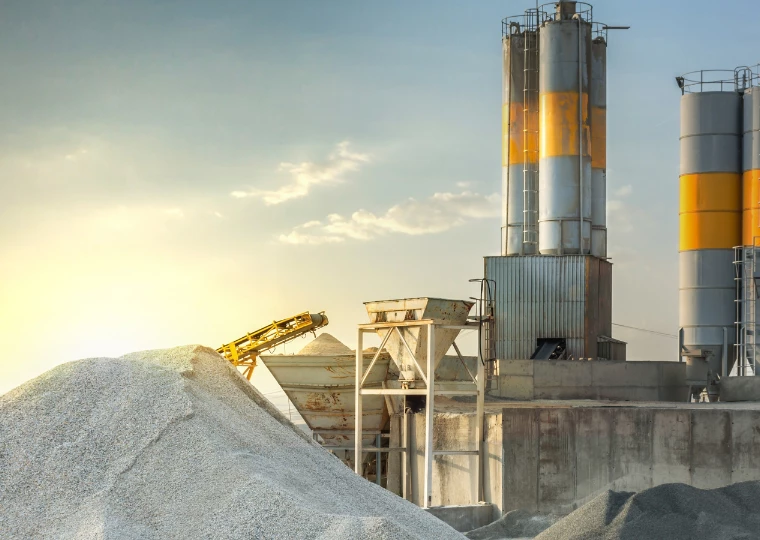Building on its $7.1 billion cumulative cement industry investment portfolio, IFC has developed a tool to help cement manufacturers in emerging economies transition to a greener and more sustainable future. The tool is helping companies analyze operational factors that contribute to their greenhouse gas emissions and devise clear and customized strategies to mitigate emissions while enhancing efficiency, productivity, and savings.
Meeting the growing global demand for cement while shrinking the industry’s carbon footprint is one of the global community’s most significant environmental challenges today.
Why it Matters
- Cement is indispensable for human and economic advancement
- 7% of all global greenhouse gas emissions come from the cement sector
- Between now and 2050 global cement demand is expected to rise by 12–23%, driven by population growth, urbanization, and new infrastructure construction
- To reach net zero by 2050, the sector must cut emission by 3% every year
The tool is sponsored by the Climate Investment Funds (CIF), an enabler of pioneering climate-smart planning and climate action in low and middle-income economies.

How it Works
Drawing from IFC's five decades of global industry experience, advisory services, and financial expertise, the tool helps manufacturers explore five decarbonization strategies at the plant level:
Every manufacturer’s situation is different. The IFC cement tool enables manufacturers to tailor their strategies to their unique circumstances to meet their decarbonization and financial goals and optimize their competitive position in the marketplace.
The tool is helping companies reduce their greenhouse gas emissions by:
- Assessing the benefits of replacing fossil fuels with renewable energy sources
- Exploring the impact of increasing renewables in the power mix
- Analyzing the use of blended cement and clinker substitution
- Evaluating the potential advantages of waste heat recovery
- Quantifying the environmental and cost value of upgrading equipment — like modifying kiln feed systems or clinker coolers
Percentage Contributions To Net Zero In 2050*
-
36% Carbon capture, utlization, and storage
-
22% Efficiency in design and construction
-
11% Efficiency in concrete production
-
11% Savings in clinker production
-
9% Savings in cement and binders
-
9% C02 sink: recarbonation
-
5% Decarbonization of electricy
-
* Global Cement and Concrete Association: GCCA Concrete Future - Roadmap to Net Zero
Client Testimonials
IFC’s Client Votorantim Cimentos Discusses IFC’s Finance, Expertise, and Decarbonization Support
This video is also available in: Portuguese
ECRA Endorsement
European Cement Research Academy (ECRA) has reviewed IFC’s Cement Decarbonization Tool (Tool). Based on that review, ECRA believes that the Tool's approach and methodology are sound. Designed to produce approximate analyses of select decarbonization levers at a cement plant, the Tool produces initial estimates of acceptable quality for fuel and electricity consumption, greenhouse gas (GHG) emissions and indicative CAPEX, which are within acceptable ranges for these parameters as shown in the ECRA Technology Papers of 2022. ECRA further found that the Tool provides a satisfactory level of detail, enabling cement companies to effectively explore various decarbonization levels that may help reduce energy demand and thus may ultimately facilitate decarbonization efforts.
Last updated: November 2024






